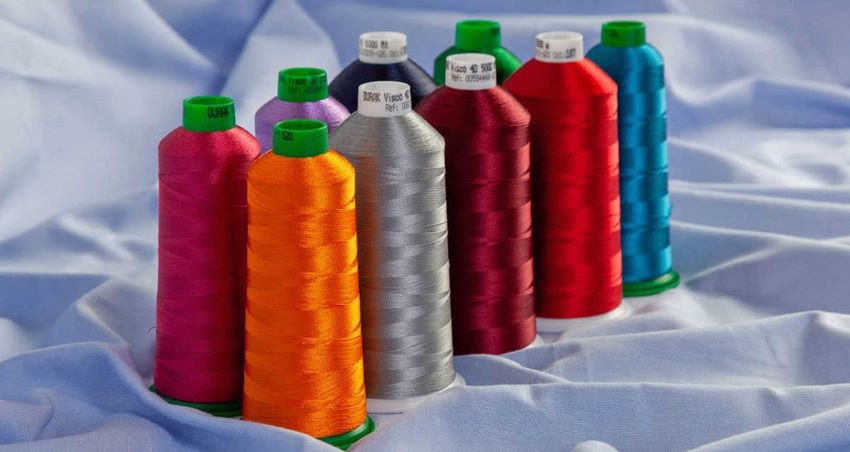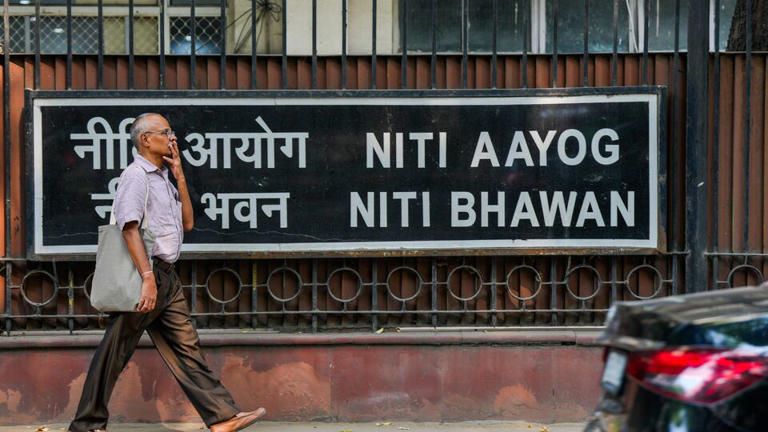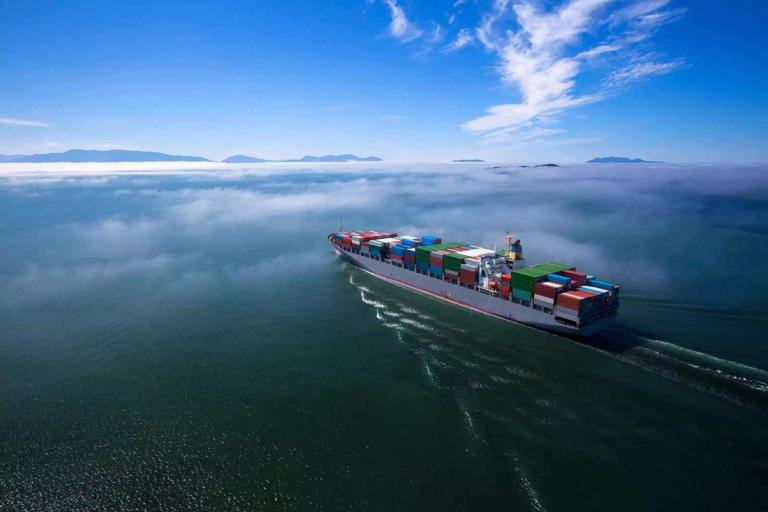"Pakistan has always been a major textile market for India and the Asian region. Even after decades of political unrest, India is the 4th largest source for Pakistan’s total merchandised imports and second largest for textiles and clothing. Among Pakistan’s overall imports from India textile and clothing takes a major share of 23.6 per cent and accounts for 12.5 per cent of total textiles and clothing imported in the country. Textile industry is the largest manufacturing activity in Pakistan making it the 8th largest exporter of textiles in Asia. It contribute 8.5 per cent to Pakistan’s GDP and employs about 45 per cent of the total labour force in the country (and 38 per cent of manufacturing workers)."

Pakistan has always been a major textile market for India and the Asian region. Even after decades of political unrest, India is the 4th largest source for Pakistan’s total merchandised imports and second largest for textiles and clothing. Among Pakistan’s overall imports from India textile and clothing takes a major share of 23.6 per cent and accounts for 12.5 per cent of total textiles and clothing imported in the country. Textile industry is the largest manufacturing activity in Pakistan making it the 8th largest exporter of textiles in Asia. It contribute 8.5 per cent to Pakistan’s GDP and employs about 45 per cent of the total labour force in the country (and 38 per cent of manufacturing workers). Pakistan is the 4th largest producer of cotton in the world and has the third largest spinning capacity in Asia after China and India. In spinning, Pakistan contributes 5 per cent to the global capacity. Besides, there are 1,221 ginning units, 442 spinning units, 124 large spinning units and 425 small units which produce textile.
India-Pak EXIM relations

Pakistan, has to its kitty, more than 6 per cent of India’s export as far as textile fibres and yarns are concerned. It is also the third largest exporter of cotton fibre and yarns, 10th for other spun yarns, 9th for man-made fibres and 34th for filament yarns. Pakistan is among the top 10 markets for basic textiles exported from India. On a monthly basis, fibre (including cotton) export to Pakistan averages $24.5 million, spun yarns $12.3 million and filaments $0.4 million. Pakistan is also sixth largest market of Indian viscose staple fibre. On an average 6.7 lakh kgs of VSF is exported worth US$1.35 million. However, the volume is not stable with maximum shipment recorded in the past two year is 1.7 million kgs (January 2017) and minimum of 60 thousand kgs (February 2018). Only on four occasions the volumes have crossed 1 million kgs in last 24 months.
As for imports, in fibre, Pakistan majorly imports cotton ($23 million a month) and viscose staple fibre ($1.3 million a month). In spun yarn, the single major is cotton yarn at an average of $11.1 million a month, followed by $0.6 million worth of polyester/viscose yarn and $0.3 million of polyester yarn. In the first five month of 2017-18 marketing season, cotton export to Pakistan totalled 7.7 lakh bales worth $238 million as against 6.9 lakh bales in the corresponding months of 2016-17. There was no shipment reported in October.
Pitfalls on the way
Textile accounts for 57 per cent of export revenues, but there has been significant decline in recent years. The Pakistan Textile Exporters Association has urged the government to take measures to ensure textile exports grow and sustain employment. Further, the Pakistan Textile Mills Association has demanded removal of duty on cotton imports and a rebate of five percent on textile exports. This plea has come at a time when about 110 mills were shut down due to various barriers to growth including the energy shortage.
Although cotton is the largest fibre, the industry is persistently facing a shortage of white fibre, which has hurt textile sector’s growth. There have been frequent crop failures which impede investments and expansion of textile industry, despite it is the largest generator of employment in the country. The spinning activity is still limited to coarser or regular count yarns and has miniscule ability to produce finer count yarns. The recent sharp depreciation in the PakRe, has made export cheaper, but it also made raw material imports costlier. However, with home grown cotton, textile industry has seen significant benefits of currency depreciation.












